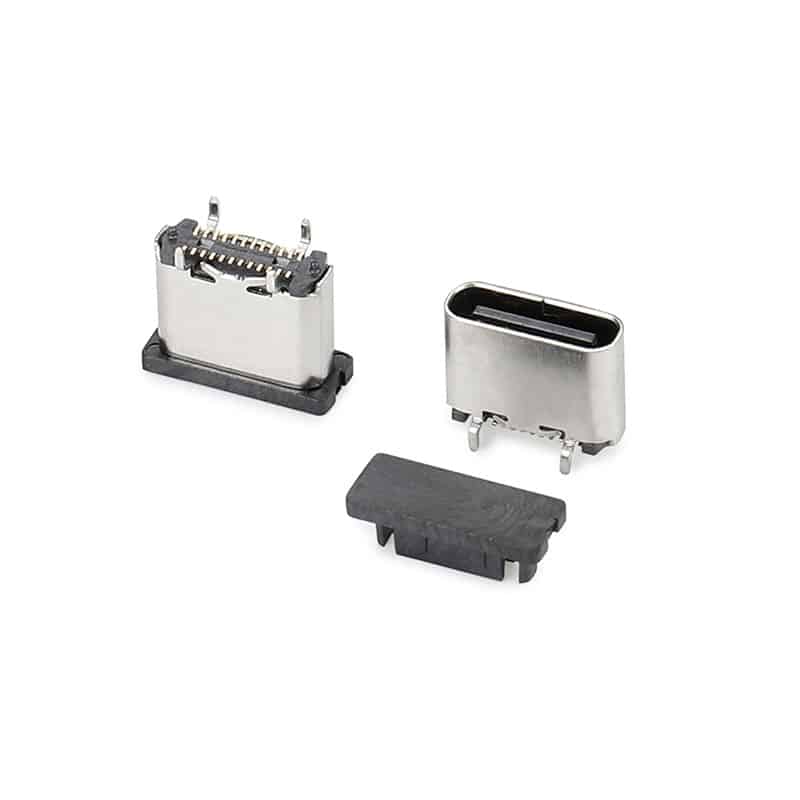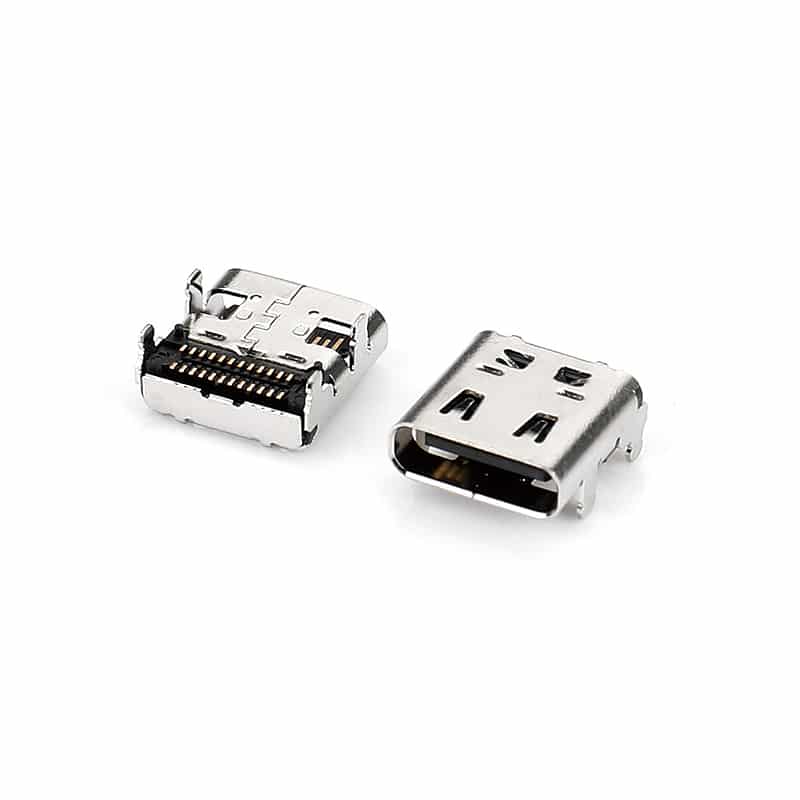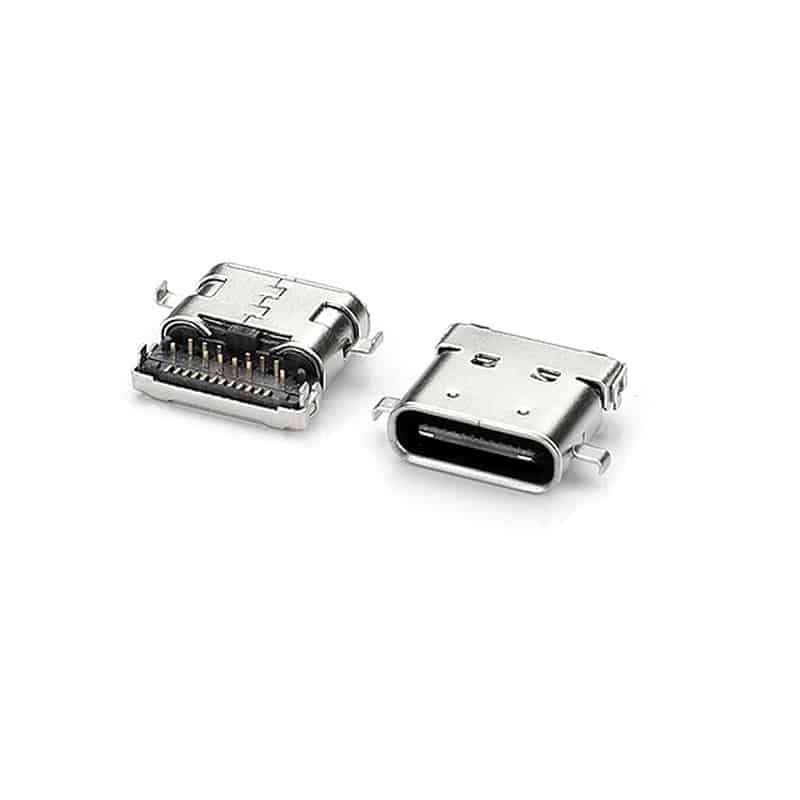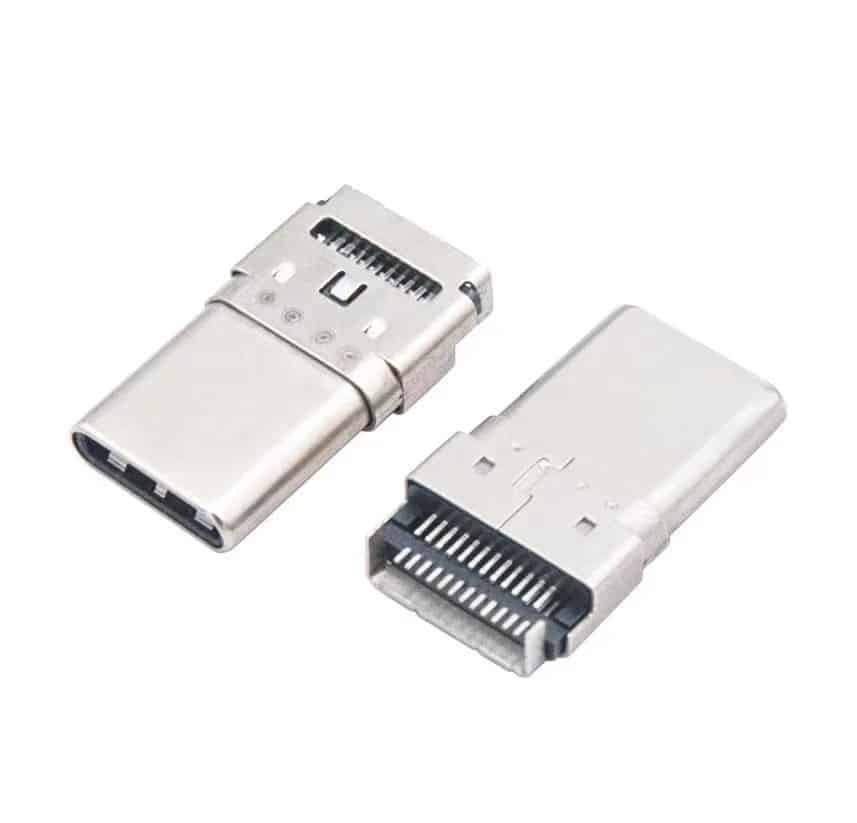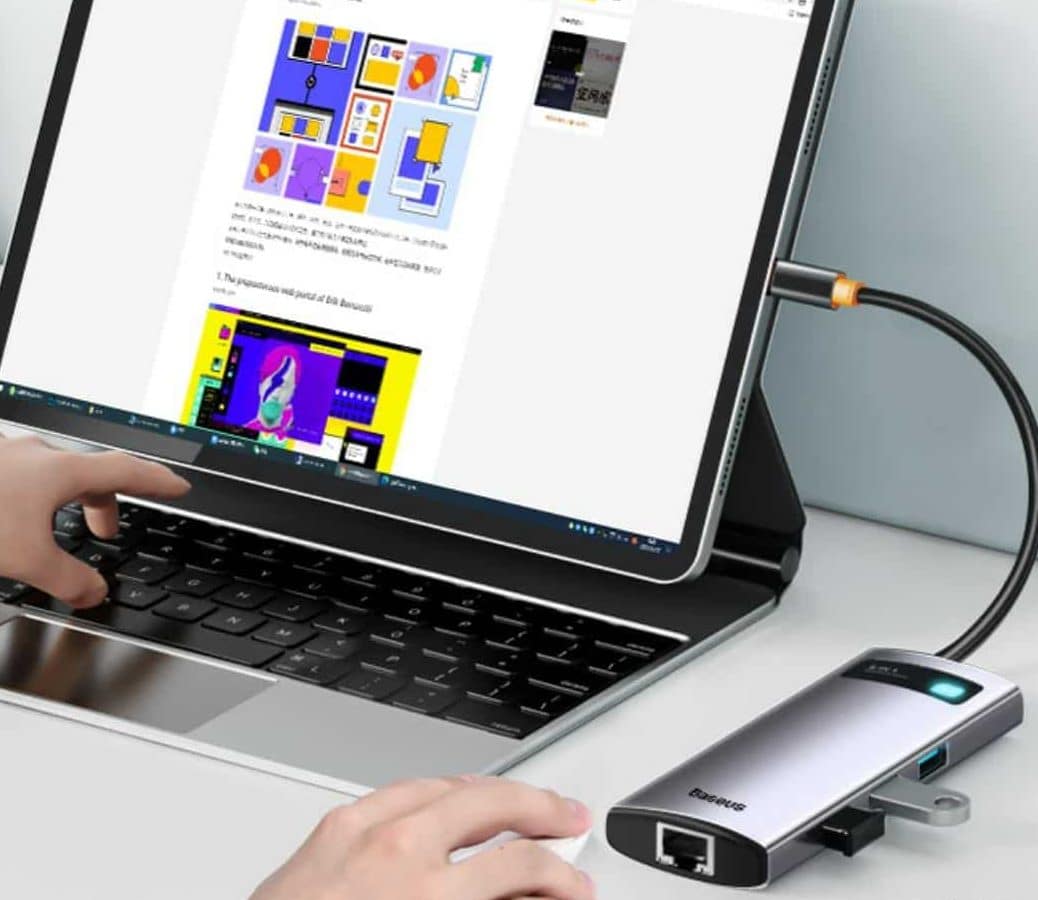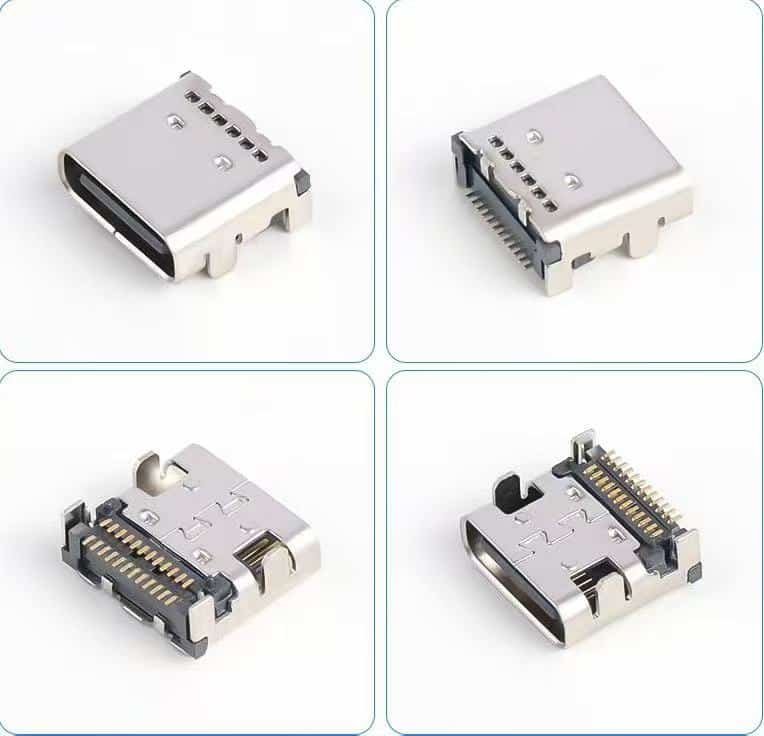USB connectos (Universal Serial Bus) have become a highly adopted standard for a wired connection between two electronic devices.
The success is attributable to the plug and play interface between peripherals and devices and the ability to evolve to meet the ever increasing demand for higher speed transmissions and higher power delivery.
The USB connector is now used everywhere in consumer devices, as well as in industrial and automotive applications. The compact design and user-friendly plugging features have also propelled, in particular, the USB Type-C connector to be widely adopted in smartphones, notebooks, and other portable devices.
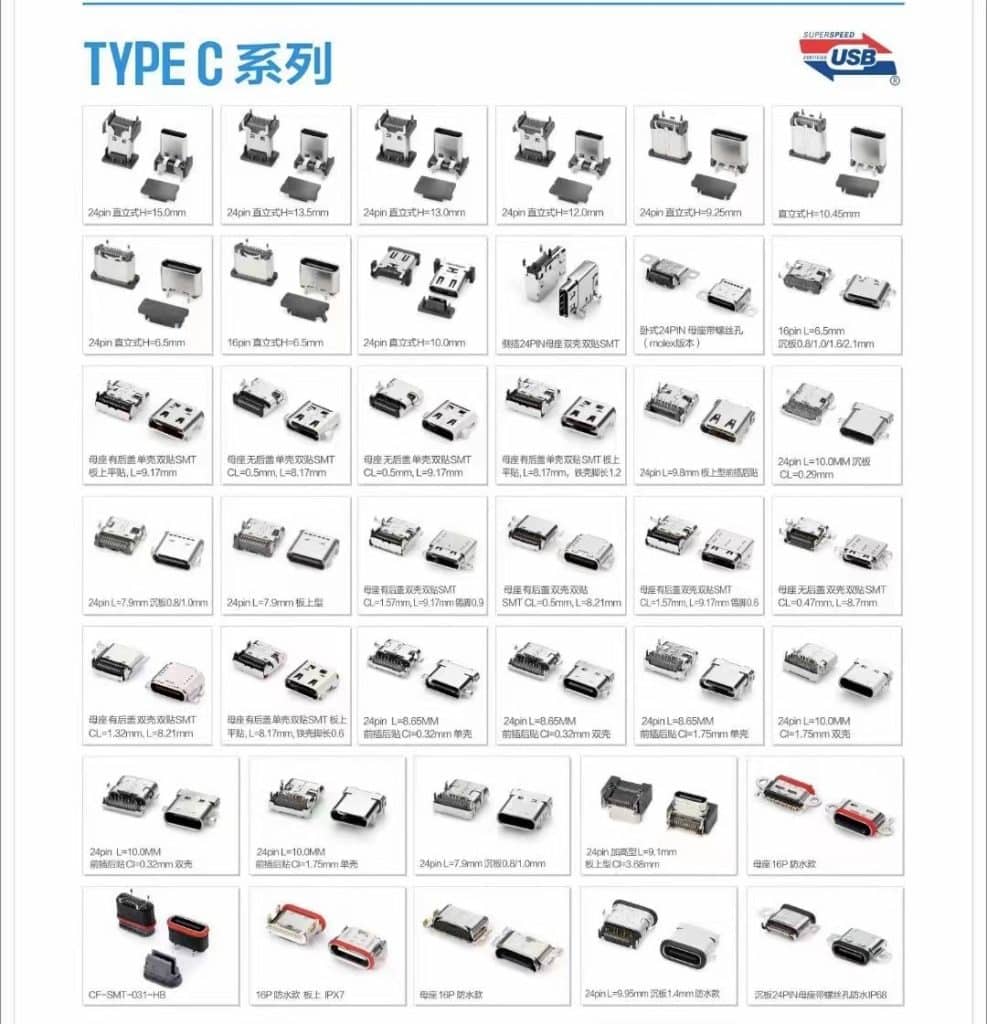
1. What are Type-A, Type-B, and Type-C?
To understand the course of their history, one needs to know what they looked like in advance. In fact, it is very convenient to distinguish. Just read the picture below.
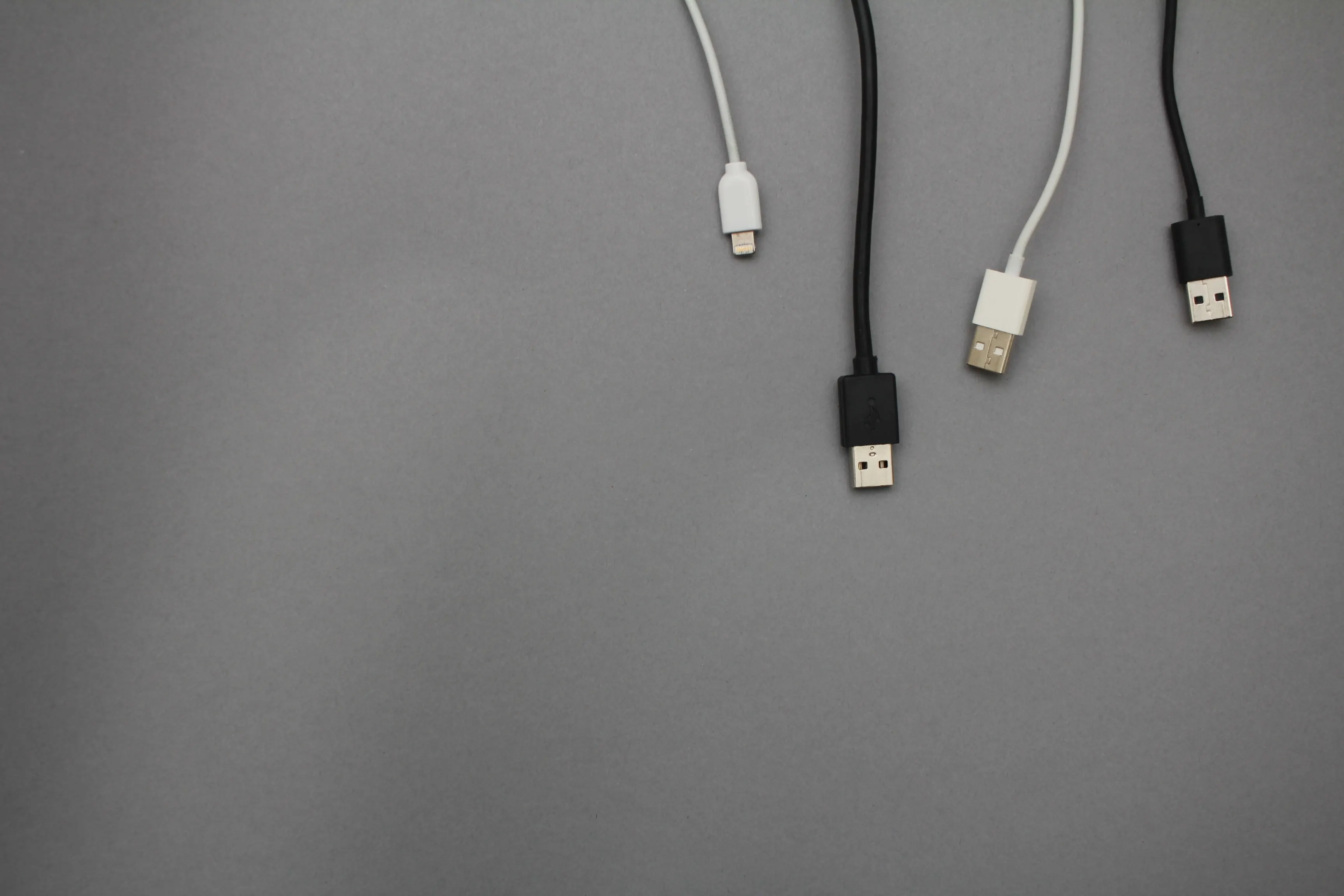
So we understand that Type-A is actually the most used “standard” USB interface before. The English name of Type-A interface is “Standard Type-A USB”, and other interfaces are just its derivatives.
For the Type-B USB interface, although its appearance rate is far lower than that of the standard Type-A interface, everyone must be familiar with it, because many external USB devices such as printers and monitor USB HUBs use the Type-B USB interface.
Generally speaking, the USB ports on PCs are standard Type-A, while external devices mostly use Type-B.
When it comes to Type-C, it completely changes its appearance. Smaller size, even comparable to Mini-USB and Micro-USB. It has more functions and is more convenient to use. I won’t introduce more specific data information.
2. The evolution of the USB Connectors
Since the development of the USB family, there have been too many interfaces worthy of detailed analysis. Since USB4 was launched soon, we will not put it in the picture. The picture below can roughly summarize the size of the USB family.
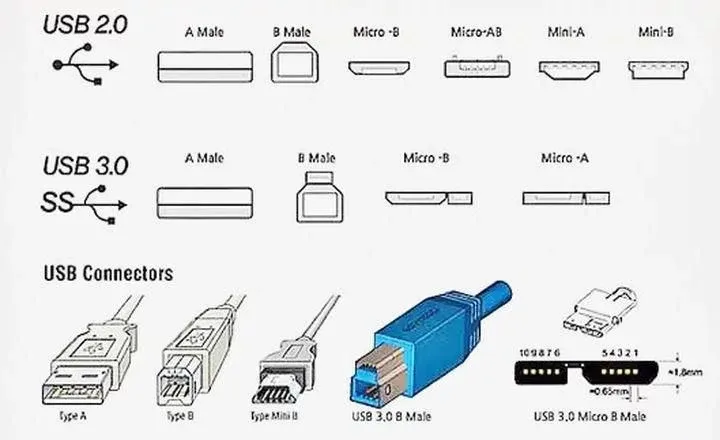
The Mini-USB and Micro-USB we often use are born according to the USB2.0 transmission protocol, and they are also divided into Type-A and Type-B respectively.
In the era of USB3.0, due to the improvement of the transmission speed and the improvement of the pin position, only the Type-A USB3.0 interface remains the same as the previous shape, and the Type-B and Micro-USB have changed their appearance (increased volume) ).
Mini-USB and Micro-USB have a lot to do with Type-A and Type-B, so let’s analyze them separately.
(1) Mini-USB 2.0 interface
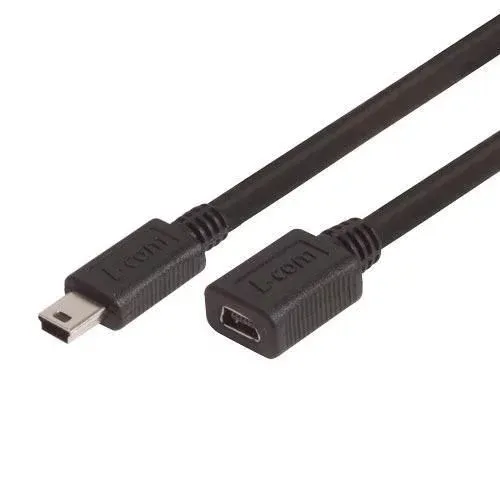
Premium USB Mini Type B 5-Pin Cable, Male/Female
Mini-USB interface is also an interface we are very familiar with, it is widely used in digital products, such as MP3, digital camera and mobile hard disk, etc.
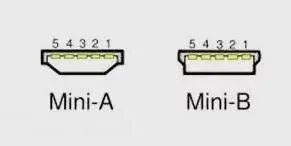
Compared with standard USB interface and Type-B USB interface, its volume is greatly reduced. Maybe most of the Mini-USB interfaces you see are Mini-B type.
(2) Micro-USB 2.0 interface
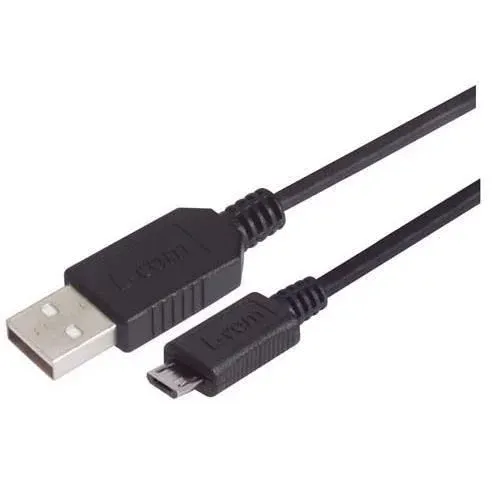
USB Cable, Type A/5-Pin Micro-B
Mini-USB interface is divided into A/B, and Micro-USB is no exception. The Micro-USB interface is an improved version of the Mini-USB interface, which reduces the size again and is more suitable for mobile devices that are becoming thinner and lighter.
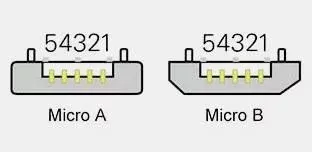
Most of the current devices use Micro-USB interface, and Mini-USB has basically been eliminated. Similarly, the Type-B type of the Micro-USB interface is also an improved version of the Type-A type.
Next, let’s go back to USB Type-B.
Due to the large size of the standard Type-A USB interface, its appearance has not changed when it is developed to USB3.1 today. However, USB Type-B is a bit different.
It has a very unique shape and does not reduce too much volume. When it comes to USB3.0, it is natural to change the internal structure to increase the transmission speed.
3. Significance of the new generation USB Type-C
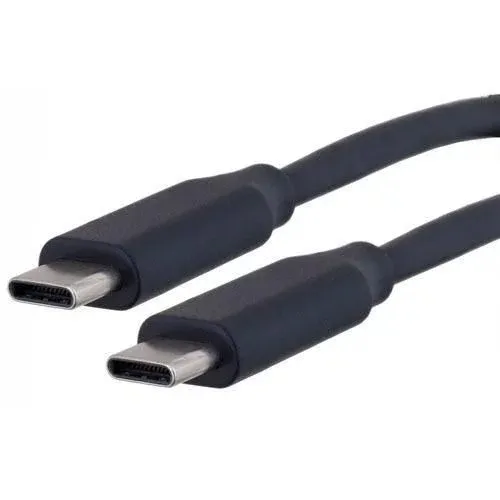
USB 3.1 Type C Male/Male
The Type-C interface and the USB3.1 standard were introduced almost at the same time, and the Type-C specification is indeed formulated according to the USB3.1, so USB3.1 can of course be made into the Type-C type, but what needs to be understood is: Type-C Not equal to USB3.1.
USB3.1 has three connection interfaces, namely Type-A (Standard-A), Type-B (Micro-B) and Type-C. Type-C greatly reduces the physical appearance and is more suitable for short and thin handheld devices.
Type-C will replace the Micro-AB connector (supports direct transfer of USB devices without the intervention of the main control system), It will also replace the general Micro-USB connector.
The Type-C imitates the Apple Lightning connector. Both front and back can be connected and used normally. It is more ideal than the existing Micro-USB.
Although Micro-USB has a foolproof mechanism to prevent reverse connection, but the benefits of positive and negative connection are better than preventing reverse connection. Good-quality Type-C cables also have enhanced EMI and RFI suppression features.
4. Advent of USB 4 connector
USB 4 brings about a new era of USB performance. To meet next generation devices requirements for significantly higher speed and higher data performance, USB 4 offers a major update in USB architecture which builds upon the existing USB 3.2 and 2.0 architectures and is based on the Thunderbol protocol specification.
USB 4 Gen3 Type C connector terminals design are made of copper alloy material to provide high power delivery of up to 100W, high speed transmissions up to 40Gb/s and is compatible with Thunderbolt 4 and DisplayPort interface.
USB 4 supports multiple simultaneous data and display protocols thus enabling efficient sharing of total bandwidth over the BUS. The USB Type C interface is retained for better user experience with reversible plug and cable orientation.
USB4 Gen3 Type C connector is also backward compatible with USB 3.2, USB 2.0 and Thunderbolt 3 which means all-in-one simplicity for the connection between devices to scale to the best mutual capabilities in power delivery, data transfer and video output from just one connector.
5. USB Type C Connector Proliferation
USB Type C connectors support variety of USB protocols such as USB 4, USB3.1, USB3.0 and USB2.0.
One of the key differences between Type C and the rest of USB interface types and one of the most popular feature of the USB type C, is that the connector and port are symmetrical which allows users to plug in without worrying about getting the correct orientation.
The reversible design enables quick and easy connections, no matter which way the USB plug is inserted into the USB port. Having a similar footprint to a Micro-USB connector has also propelled the Type C connector to be widely used in small handheld devices such as tablets, smartphones, hard disk drives, solid state drives, and portable devices such as notebooks.
Vistar’s range of USB Type C supports a variety of protocols such as USB2.0, USB 3.0, USB 3.1 and meet Superspeed communication of 10Gb/s, 5A and 20V power supply. Offered in vertical, right angle and straddle mount configurations and up to 10,000 mating cycles, the low profile and reversible product design makes USB Type C ideal for next generation product designs.
We also offers a range of waterproof Type C connectors with IPX4 to IPX8 performance and unique IP technology that ensures each part meets IP waterproof performance standards.
Using a Type C interface, together with high speed transmission performance of up to 40Gb/s, power rating of 100W and up to 10,000 mating cycles, it is a connector designed for high performance, high durability and better user experience.
6. Applications for Ruggedized USB connector
Ruggedized connectors used in harsh environments are often sealed to provide higher protection to the connector plug and receptacle over wider operating temperature range and offers protection from water and dust incursion.
Amphenol offers a variety of rugged USB solutions in 3.0, 2.0 in Type C, Mini AB, Mini B, and Type A connector interfaces.
USB 2.0 Type A connectors provide IP67 protection for enclosures per IEC 60529. With data rates up to 480Mb/s, the connector series is designed to provide a standard USB interface for enclosures exposed to harsh environments.
The ruggedized USB connector comes in UL94V-0 high temperature resistant housing with an operating temperature range from -45°C to +85°C. Locking features prevent accidental disconnection and provides secure mating and data transmission.
7. Evolution of USB Performance from USB 2.0, USB 3.0 to USB 4
To meet the ever increasing demands of data and speed performance, USB has released a new protocol at shorter intervals with higher data transmission capabilities.
USB was first introduced in 1996 with a maximum transmission speed of 12Mb/s. USB 2.0 specification came onto the scene four years later in 2000 with transmission speed of up to 480 Mbit/s. USB 3.0 with specifications of 5 Gb/s was introduced nearly a decade later in 2008.
Since then, USB protocols have doubled transmission speeds with new specifications released once every two to three years.
USB 3.1 in 2014 performed to transmission speeds of up to 10Gb/s. USB 3.1 Gen 1 is synonymous with USB 3.0 and used to denote transmission speed of 5Gp/s, also known as Superspeed. USB 3.1 Gen 2 specifies speeds of 10Gbp/s.
Specification for USB 3.2 was at 20Gb/s in 2017. The USB 3.2 specification identifies three transfer rates, USB 3.2 Gen 1 at 5Gb/s, USB 3.2 Gen 2 at 10Gb/s and USB 3.2 Gen 2×2 at 20Gb/s.
USB 4 protocol was announced in 2019 with specifications of 40Gb/s.
Vistar provides a wide variety of USB connector types and is one of the earliest adopters of USB3.1 Gen 2 Type C connector that are designed to be used in factory automation equipment and automotive infotainment applications.
8. Uses of USB Type A connector and USB Type B connector
The Type A is the traditional USB connector, one of the most commonly used USB connector before USB Type C was introduced, and was commonly found on devices that did not require cables such as thumb drives or flash drives, wireless mouse and keyboard adaptors.
USB Type A is one of the most recognizable on devices with its flat rectangular-shaped plug and receptacle.
USB Type B connectors and ports have a square shape with a square protrusion on top and are found on larger computer peripheral devices such as printers and scanners. While the Type B plug is found on one end of the cable, Type A connector always remained on the other end to plug into the computer.


